Japanese “washi” paper
If there is one product from our brand that I must present to you in due form, it is Japanese or washi paper ! I've been working with it for over 15 years now and I never tire of the endless creative possibilities it offers! For this new article, I wanted to tell you a little more about this paper, without going into too long explanations or too technical terms. The idea is to present it to you for those who are discovering it.

The Japanese term washi (from wa , Japanese and shi , paper) refers to all traditional papers made from long pieces of bark mainly from kozo (or mulberry) but also from ganpi or mitsumata . There are a multitude of papers with different textures, weights and sizes! Since 2014, three varieties of washi have been classified as UNESCO's intangible heritage of humanity. The departments of Fukui, Mino and Saitaima are particularly renowned for their washi production .
Washi is an integral part of Japanese culture and its uses are very varied. It is used in the fields of arts, architecture and creative hobbies, in sacred places such as sanctuaries and temples or even during traditional festivals.
It is the result of a long manufacturing process which follows a traditional Japanese method called nagashizuki . It is generally made during the winter period, when the mulberry tree loses its leaves and the air becomes drier in Japan. The production of washi can therefore represent for some Japanese people additional income when winter sets in and stops their activities, particularly agricultural activities. It is unfortunately a form of craftsmanship which is gradually being lost because it does not attract new generations.

Thanks to its long intertwined fibers, this paper is both very flexible and resistant. It is similar, in certain aspects, to non-woven paper. It does not tear easily and does not have a particular direction of weft, which makes it an ideal paper for cardboard or bookbinding. Furthermore, it does not warp on contact with glue and applies very well to large surfaces.
Due to its multiple qualities, it is a paper that lends itself to all kinds of creative hobbies: origami, bookbinding, cardboard, creating cards, renovating furniture and many other things.

Most of the Japanese papers that we sell at the store are patterned papers, such as yuzen or chiyogami , the difference between the two terms not being very distinct. Using screen printing screens, serving as stencils, the craftsmen make several successive passages of color to gradually reveal the pattern.
The term yuzen , named after its creator, describes a traditional textile dyeing technique originating from Kyoto, invented by Yuzenzai Miyazaki during the Edo era. This process was used to create elegant decorative patterns on kimono . There are two to three different types of yuzen , with their own techniques and motifs, such as kyo-yuzen from Kyoto and edo-yuzen from Tokyo. Today, this term refers to a certain type of combination of patterns and colors.
The term chiyogami , literally "1000-year-old paper", describes a centuries-old art which consists of manually applying different colored figures to washi , using wooden stamps and cut-out stencils. Just like yuzen paper , there are two kinds of chiyogami paper with patterns that differ depending on the region, one coming from Kyoto, kyô-chiyogami, and the other from Tokyo, edo - chiyogami . Today, it refers more broadly to all Japanese patterned papers but also to the cut papers used for origami .

What I particularly appreciate is the poetry that emerges from these papers. Inspired by nature and the seasons, the diversity of patterns and colors fascinates me! The patterns can be floral (cherry or plum blossoms, etc.) but also represent animals, characters or objects (cranes, fish, rabbits, fans, parasols, etc.) or more graphic designs (waves, stars). , peas…).
Shortly after my discovery of Japanese paper and my meeting with different Japanese paper manufacturers, I had the opportunity to develop my own colored ranges! These are “Adeline Klam” exclusives which are only available in our Parisian boutique and on our e-shop. It's always a pleasure to combine patterns and colors, and to imagine new ranges according to my desires, my inspirations, the season, etc.

At the store, we have fun using Japanese paper in several forms: cut into squares to make creative sets and kits around origami , applied to decorative objects such as lighting, tissue boxes or even tea boxes or on stationery items such as pencil holders, pocket trays or even notebooks and greeting cards.
What I want more than anything - whether through my books, our blog articles or even the small creations displayed in the store - is to show you all the creative possibilities that Japanese paper offers us! For me, since the beginning of this great adventure, it has been a huge playground!

I hope this article has taught you a few things about Japanese paper and made you want to use it.
I invite you to read our article on the colorization of this Japanese paper .
Take good care of yourself,
Adeline


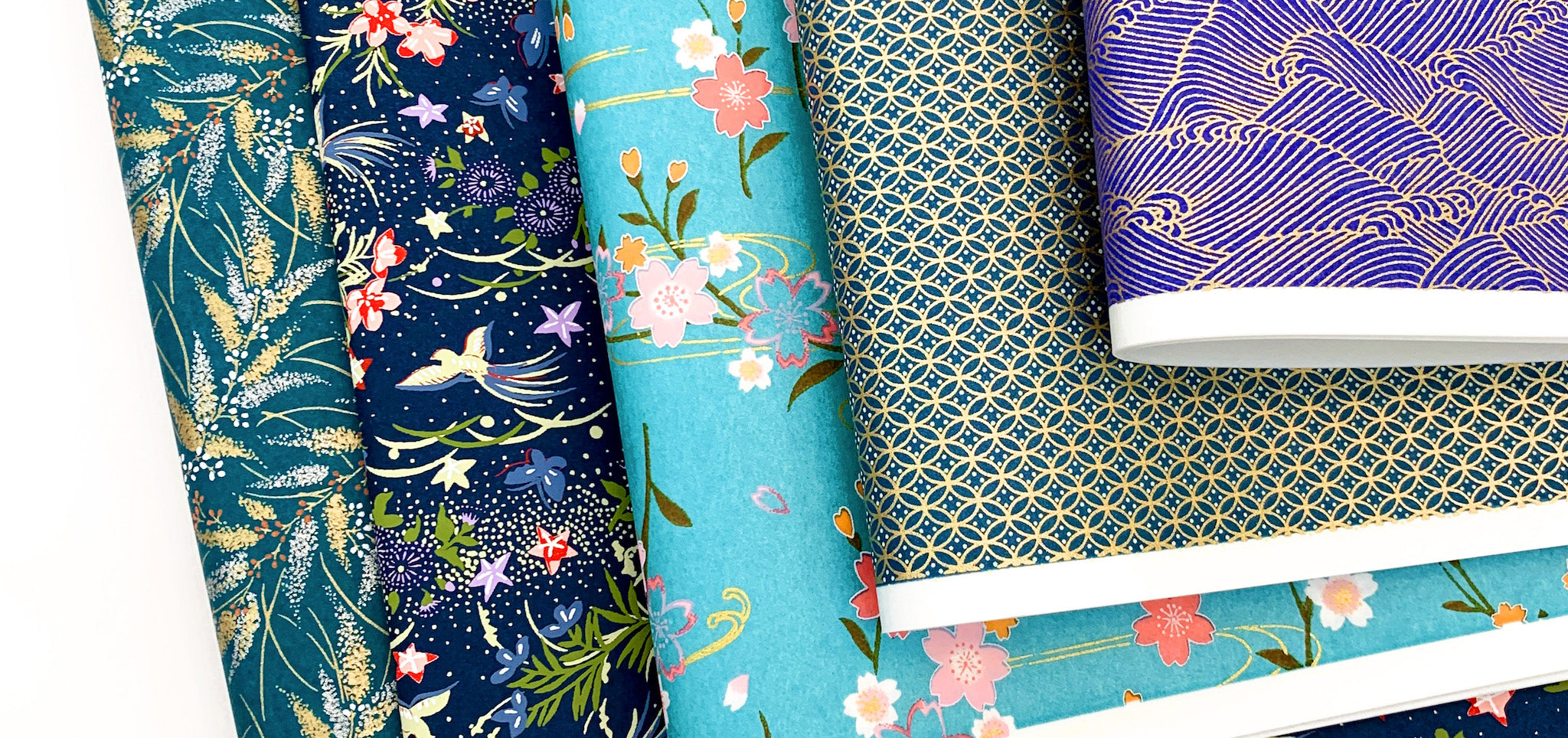

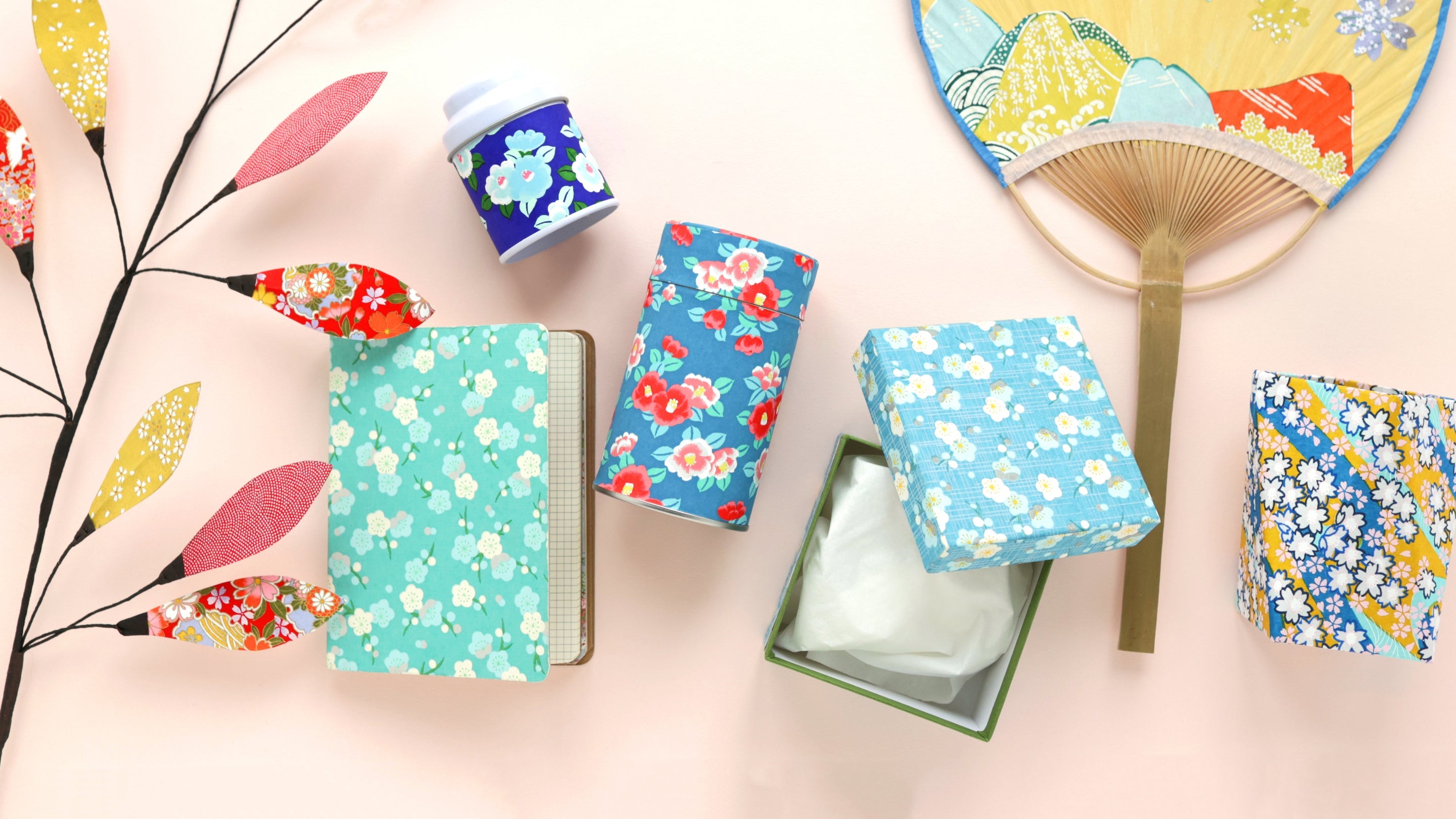
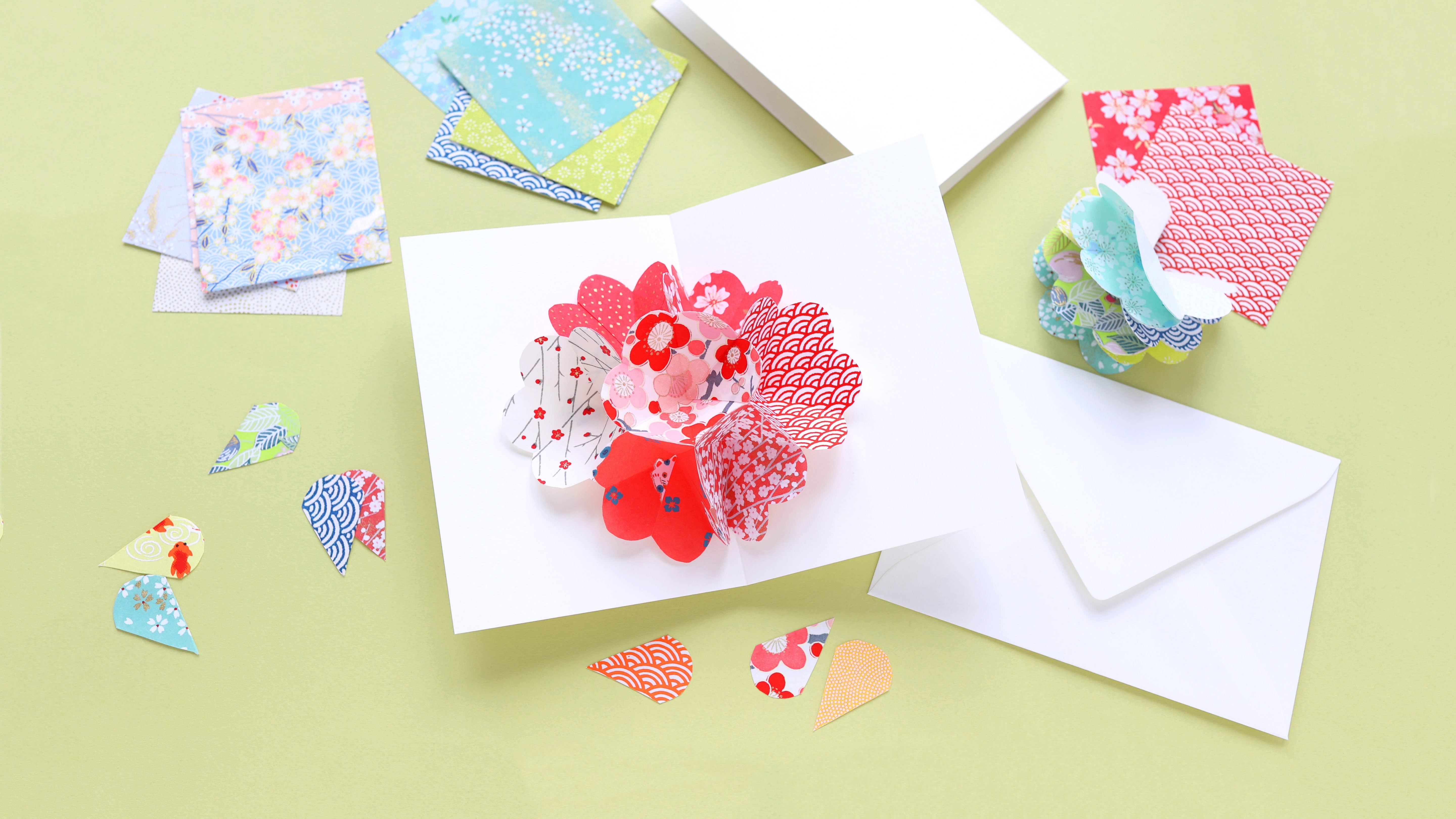
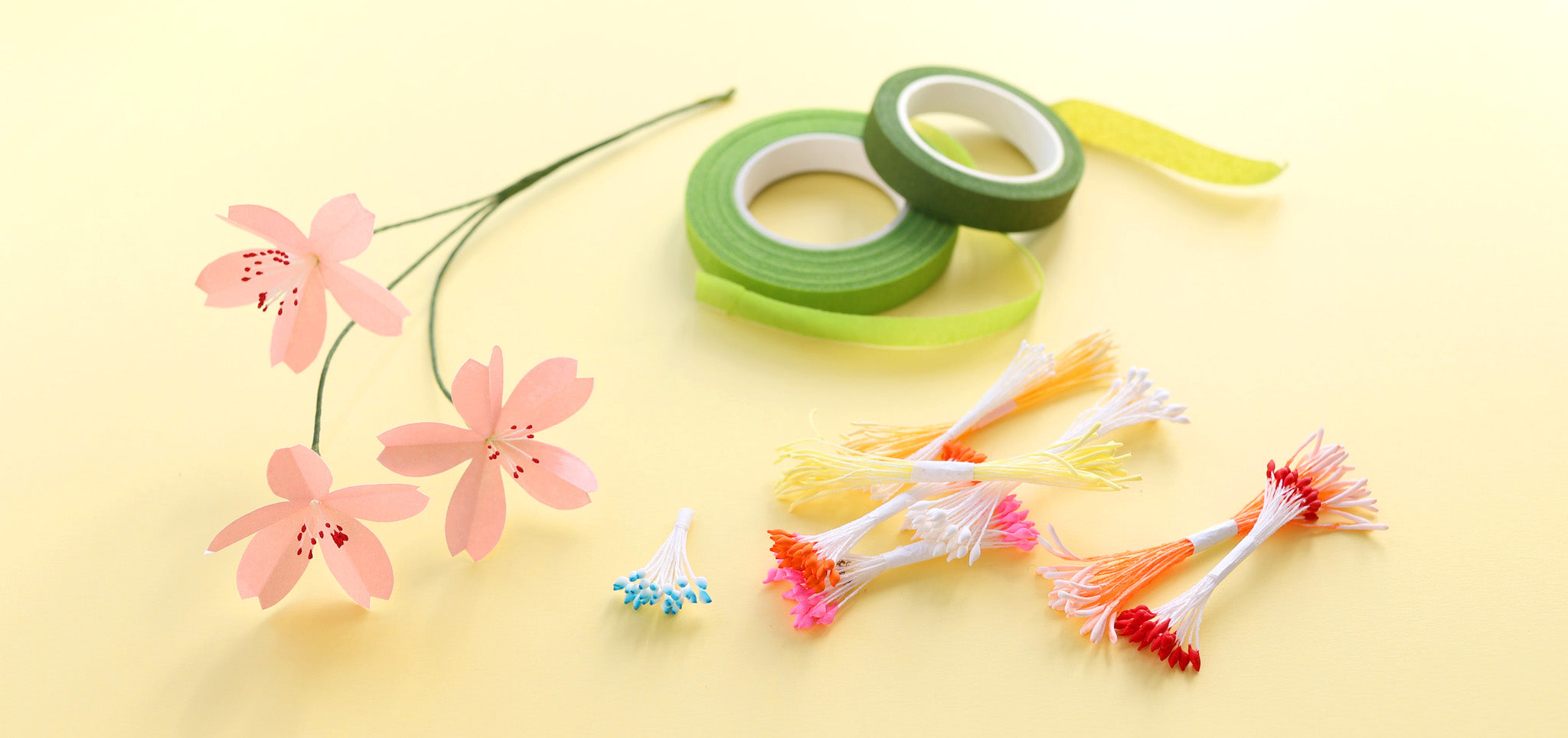



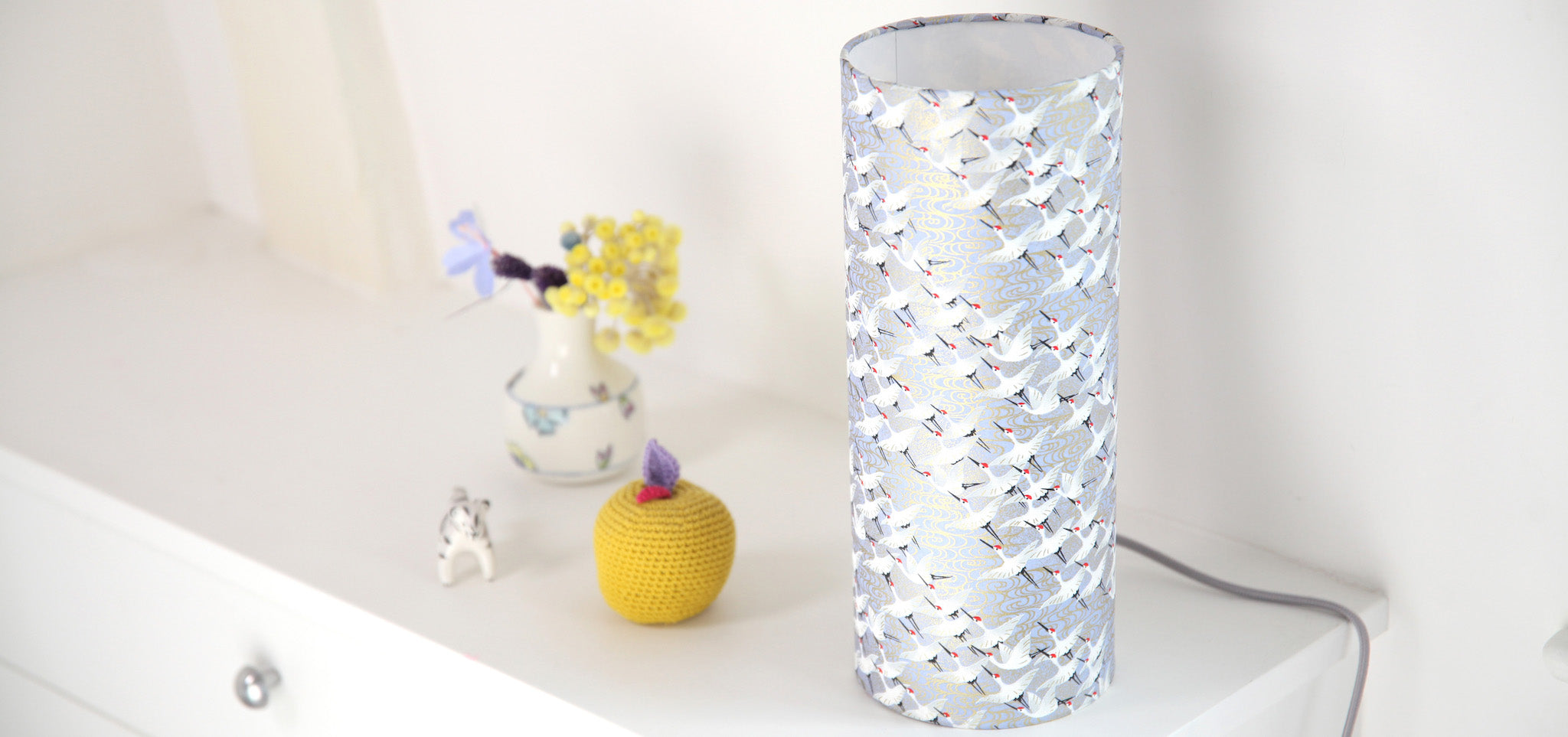
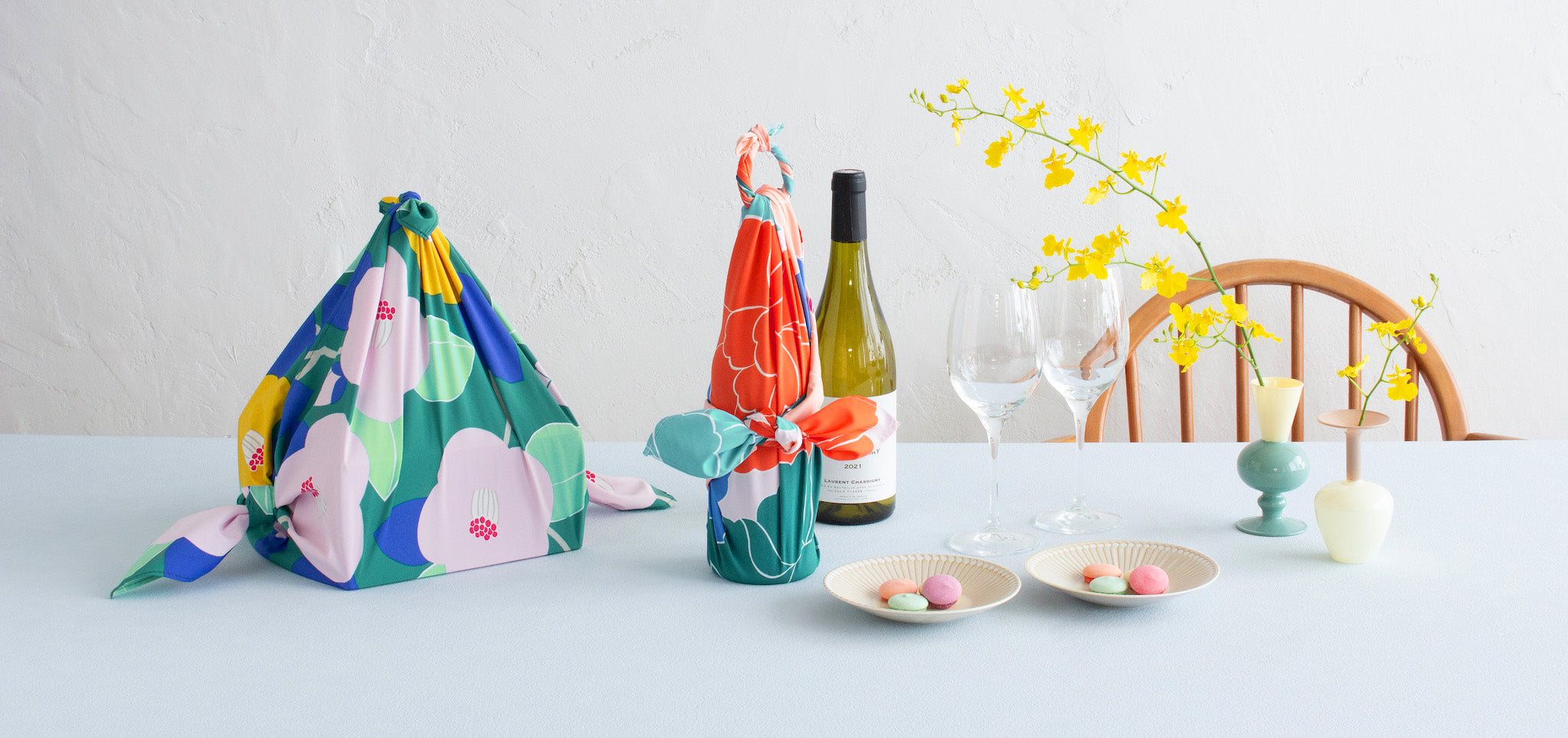

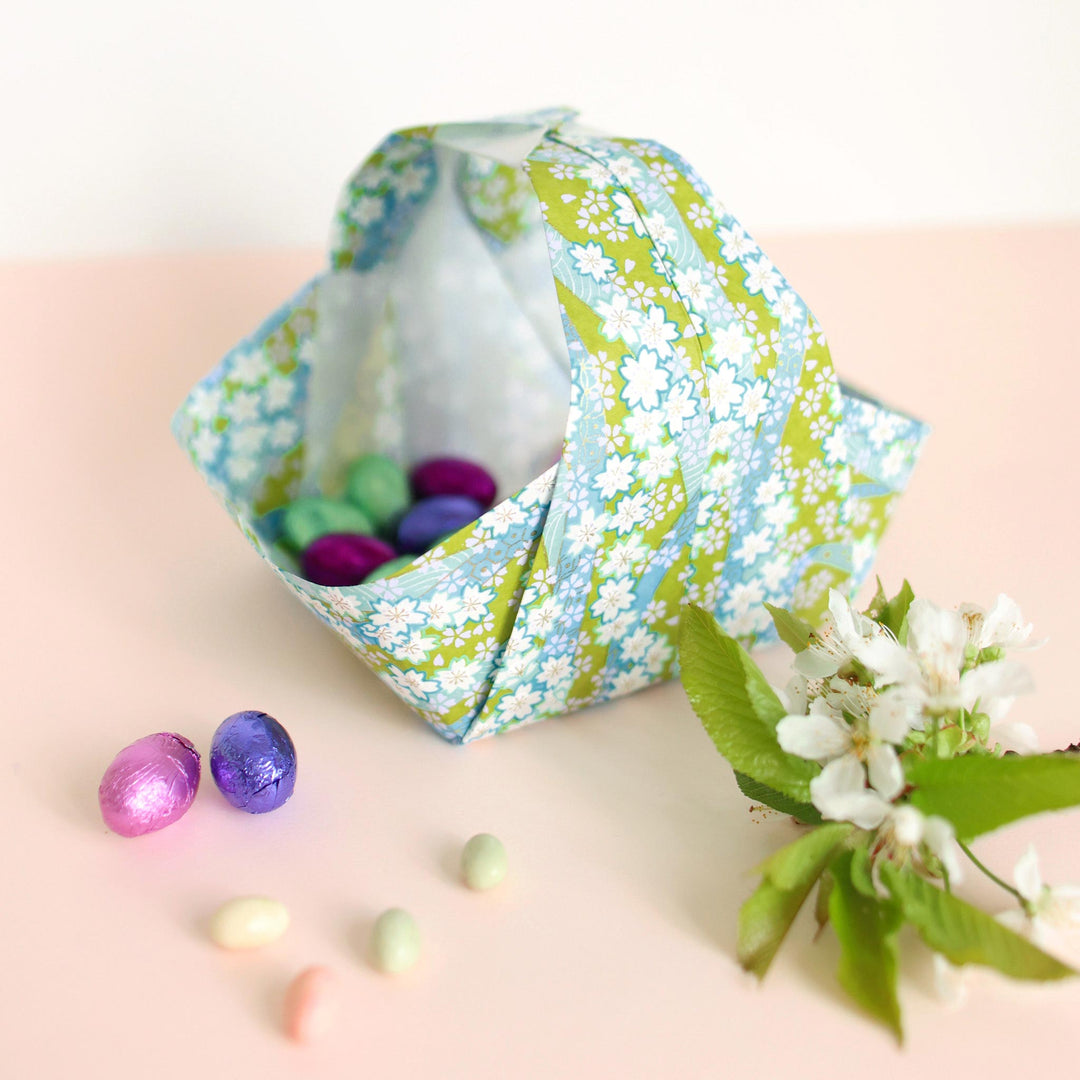

J’ai découvert la papier japonais en 2015 dans une papeterie. Fan de DIY, je suis tombée amoureuse de ces papiers précieux aux multiples qualités. Depuis cette passion n’a fait que grandir avec la création de mon entreprise artisanale de bijoux et déco en origami et en Mizuhiki. Je suis donc une fan inconditionnelle de vos papiers et de votre boutique qui me fait toujours rêver ❤
Merci pour cet article très intéressant.
Céline
CINDY > Nous sommes désolés pour cette réponse bien tardive ! Votre petit mot s’est perdu parmi des commentaires spam. Si vous parlez des papiers origami à motifs, le grammage est le même que nos papiers japonais, c’est à dire environ 80g/m2. Nous essayons au maximum de noter le grammage des papiers sur nos différentes fiches produit :)
Bonjour, quels sont les grammages de vos feuilles origami svp ?
Leave a comment